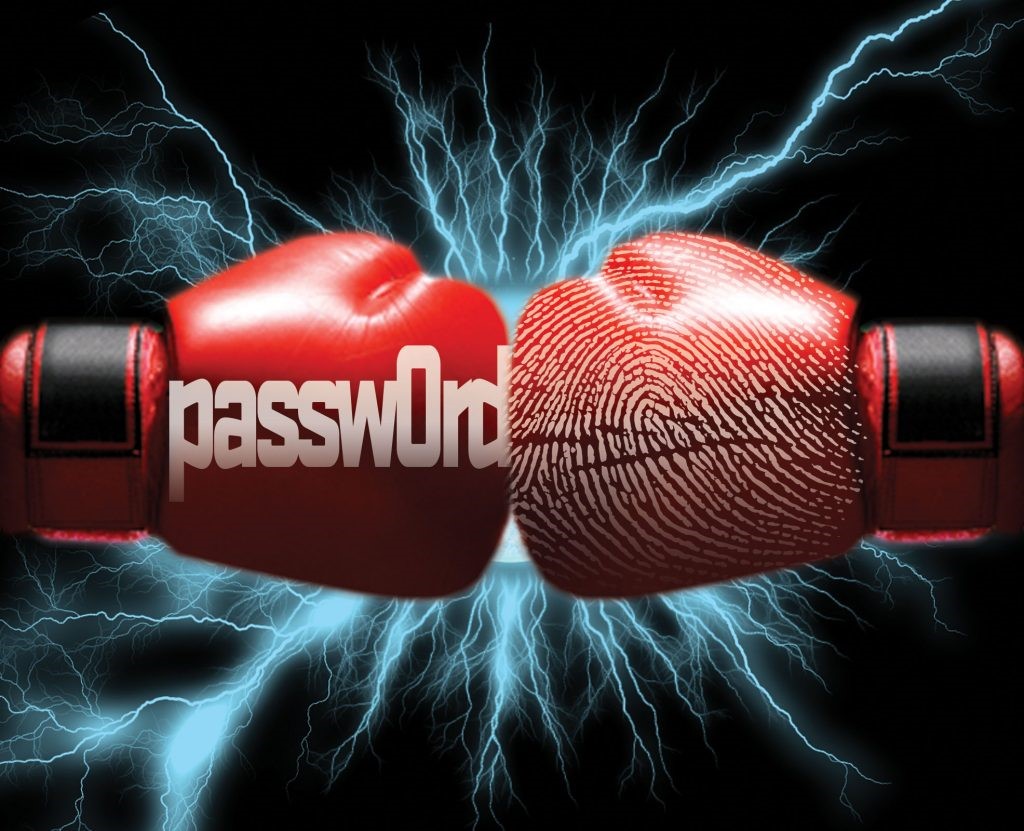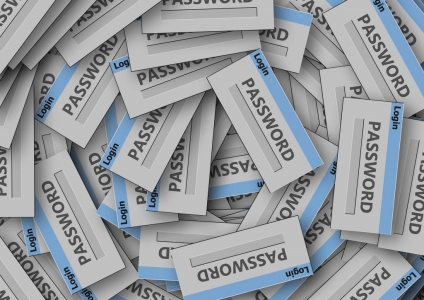Passwords are the most popular means to protect access to different devices. However, passwords are being relegated as biometric technology is gradually taking over.
Biometrics is the measurement and statistical analysis of people’s physical and behavioural characteristics. The technology is mainly used for identification and access control, or for identifying individuals who are under surveillance. The advantages of biometric cannot be understated. This is why it rapidly being adopted. In line with this, JumiaTravel, Africa’s No.1 hotel booking portal shares 5 great biometric alternatives to passwords.
Face recognition
Face recognition is already being used by many organisations and law enforcement agencies. For this to be successful, there must be reliable and up-to-date databases for the software to recognise all visitors.
Heartbeat
The interesting thing about Heartbeat biometric is that it can rarely be duplicated, especially the electric signals that it sends in and out of the body. These electric signals can be decoded and has been miniaturized to fit into sensing devices. Today, many wearable fitness devices can read a person’s heart rate.
Ear shape
The shape of your ear can also be used to access any device. With the right software and phone, they can detect the shape of the ear and Ergo Android app is making this possible. To use it, simply press the screen of your phone against your ear and it immediately grants you access if it matches.
Walk
With repeated analysis, motion sensors can protect your phone based on how you walk. This is made possible with the aid of high-speed video camera which can analyze a person’s walk and can determine if to allow anyone in or out. Same thing goes for mobile phones as sensors can be fitted into smartphones and decide the rightful owner of the device by the way they walk.
Typing speed
Typing speed varies in individuals. No two typing speed is similar. There is what is called Keystroke biometrics that records and calculates your typing speed, rhythm, and pattern. The typing speed and pattern must match to be verified.

















RT @BizWatchNigeria: NEW POST: #Passwords and Biometric Alternatives https://t.co/1WRPBiyTGH https://t.co/wcS1kT3oWQ